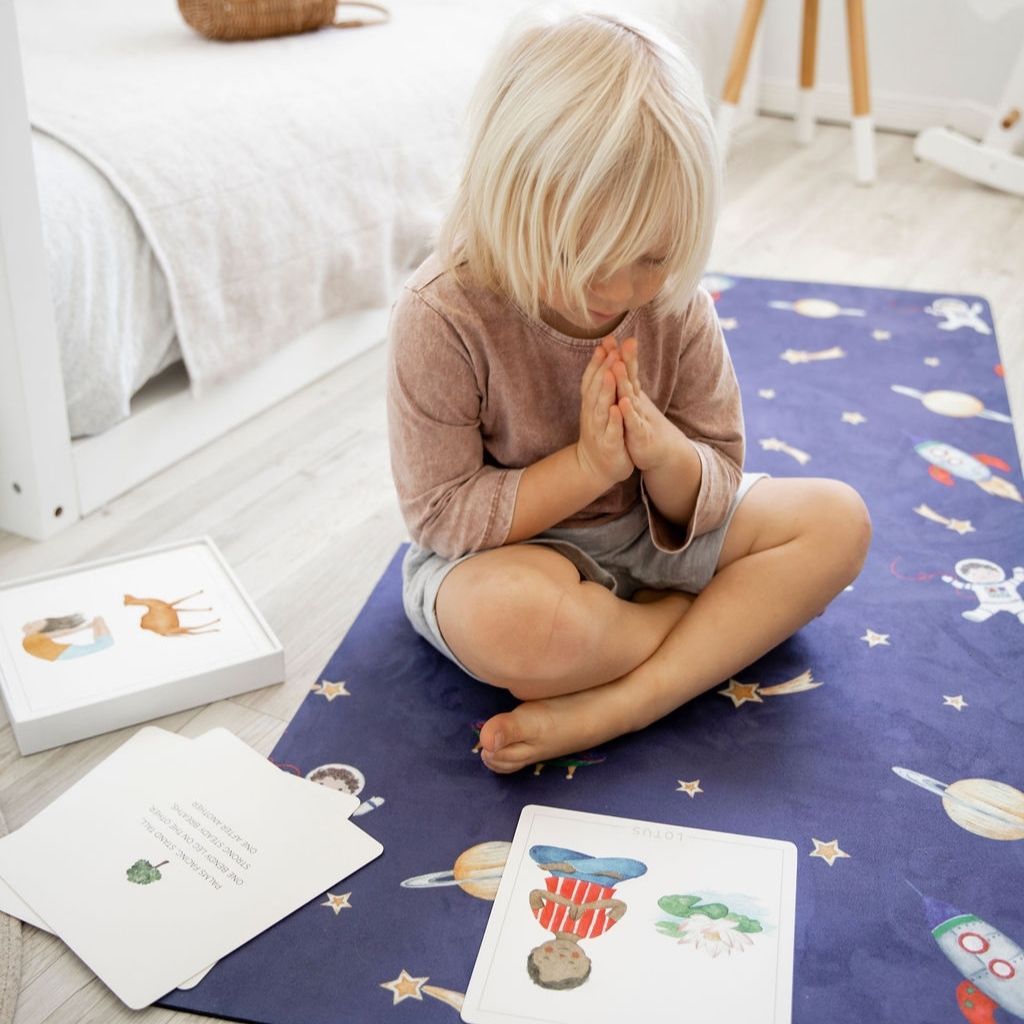It is essential to acknowledge neurodiversity within the ever-changing landscape of childhood development. Children with conditions like ADHD and autism need a supportive environment that fosters their unique talents and makes them thrive. This is where the synergy of ADHD support, autism sensory play, sensory integration toys, and mindful toys for kids comes into play. Teachers and caregivers can enhance their children’s lives by incorporating these elements in daily activities.

ADHD Support for children: Focusing on Confidence
Children with ADHD are often unable to focus or regulating their impulses. To offer efficient support, it is essential to employ strategies that stimulate the child’s mind, while respecting his or her uniqueness. When it comes to this the use of mindful toys for children that help to promote calmness and meditation, could prove beneficial. They’re a biting experience and help to calm restlessness while instructing children on how to shift their focus. Integrating mindfulness techniques into the playtime does more than aid in reducing ADHD symptoms, but also helps equip children with valuable life skills to regulate their emotions and stress reduction.
Autism Sensory Play – Nurturing Expression and Exploration
Sensory experiences can be energizing as well as difficult for children who have autism. Autism sensory play is about creating an enjoyable and stimulating environment for senses that supports the development crucial skills. Sensory integration toys play a crucial role in this. These toys stimulate all senses simultaneously to encourage sensory exploration as well as coordination and cognitive development. Through auditory, tactile, and even visual interactions children are able to better comprehend their surroundings and express their experiences. Through embracing autism-related sensory play, caregivers empower children to communicate to build self-confidence and connect with the world in their own way.
Sensory Integration Toys Help in Building Bridges in Child Development
Sensory-integration toys provide bridges for children to make connections to the world. These toys come with a variety of materials and shapes that target different sensory and motor abilities. These toys allow children to be able to adjust and explore the sensory input. They also aid in the development of sensors and processing abilities. The three main benefits of sensory toys are:
1. Sensory integration toys expose children to various sensory, auditory, as well as visual stimuli. This stimulates the brain to process sensory information more effectively, improving their ability to respond to stimuli in everyday situations.
2. To operate a range of sensory toys, you have to be able to use fine motor skills and hand-eye coordination. When playing with these games children will improve their motor skills as well as their agility. This leads to better physical control and confidence.
3. Multisensory toys stimulate multiple brain areas simultaneously. This activity aids in the development of cognitive abilities by enhancing neural pathways and developing problem-solving abilities and creativity.
Mindful toys for kids: Cultivating the ability to calm and focus.
Mindfulness is becoming increasingly sought-after because of its positive impact on mental well-being. The toys that children play with are mindful and incorporate mindfulness elements into the play to encourage them to remain focused and in the moment. They usually involve tasks which require lots of attention to detail. Like, for instance, coloring, puzzles, or a relaxing guided meditation. These activities help children to concentrate their attention and energy on their task, which can be beneficial for them both academically and socially.
If we look into the realms of ADHD help and autism sensory play, in addition to mindfulness and sensory integration play, it is vital to consider the whole approach that emerges from the intersection. They don’t work in isolation, but they work together to create a coherent strategy for nurturing the diverse demands of children with neurological disorders. Parents can create an environment that is conducive to emotional, cognitive and sensory needs are met in a coordinated manner by incorporating mindfulness-based activities and sensory play in their daily routines.
The process of helping children suffering from ADHD and Autism involves embracing the unique strengths and struggles of each child. By incorporating sensory play, tools for integrating sensory experiences, as well as mindfulness techniques, teachers and caregivers can create a space that encourages growth at multiple levels. If it’s helping to improve control, fostering self-expression or enhancing sensory processing, or promoting mindfulness, each component can contribute to a complete approach to the development of children. When we unlock the potential within these strategies, we open the way to a better future for all children, regardless of their neurodiversity.